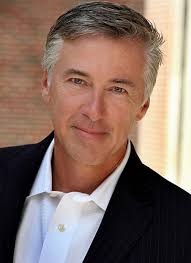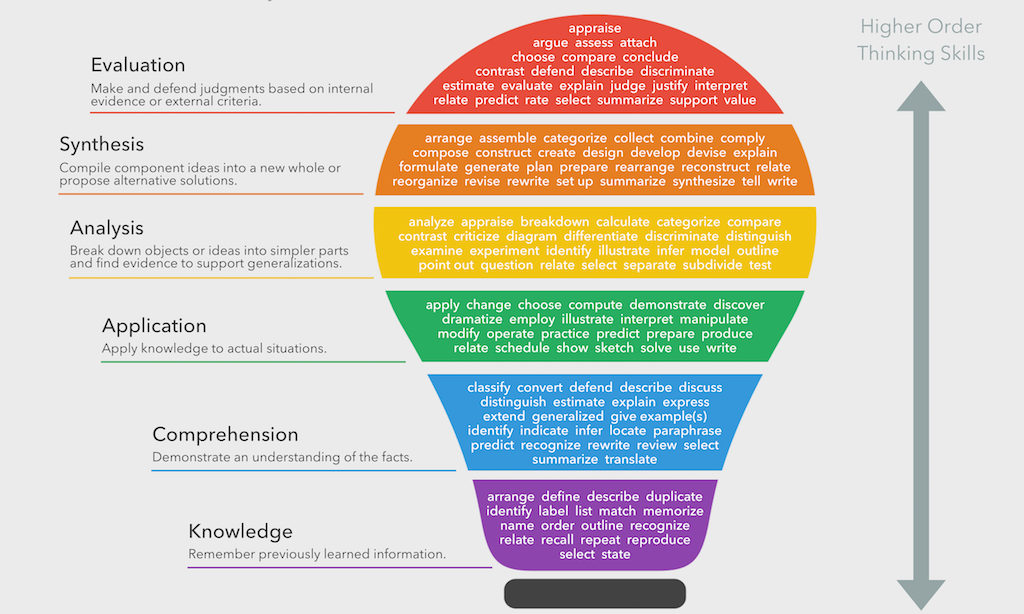
by David Dubois
With digital disruption no longer a question of “if” but “when”, CEOs are increasingly focused on transforming their organisations to reap the benefits, and meet the challenges brought by the successive waves of technological innovations.
Over the last two decades, disruptions have taken various forms: from social media platforms empowering customers, to the internet of things equipping objects with the ability to create, send and receive data. New ecosystems and business models have evolved, redesigning the competitive landscapes across industries.
At its core, the disruptive nature of digital technologies stems from their ability to significantly reduce information asymmetry between different actors within an ecosystem (such as a driver and a potential passenger, or a lender and a borrower) by making information instantaneously and easily accessible.
Digitally transforming an organisation and capturing these opportunities is often challenging as it requires C-suite executives and entrepreneurs to identify possibilities and drive change concurrently in three areas where digital technologies are can make significant differences and change the face of organisations.
· Intelligence – Seeing digital data as a source of insight and using this data in knowledge-creation processes to create competitive advantages.
· Integration – Leveraging digital channels to transform organisational processes and create agility.
· Impact – Rethinking how digital dynamics can improve a company’s value proposition.
To successfully lead the digital transformation across these three building blocks, leaders need to measure their progress and the extent through which their organisation has embraced change, from an initiation phase (focusing on the discovery of new opportunities) to a ritualisation phase (looking at ways to interact with the digital ecosystem) and to a final internalisation phase (prioritising digital solutions; see table below). Only then can they assess where they lag behind and where they are on par or ahead, and establish a roadmap for moving the digital transformation forward.






